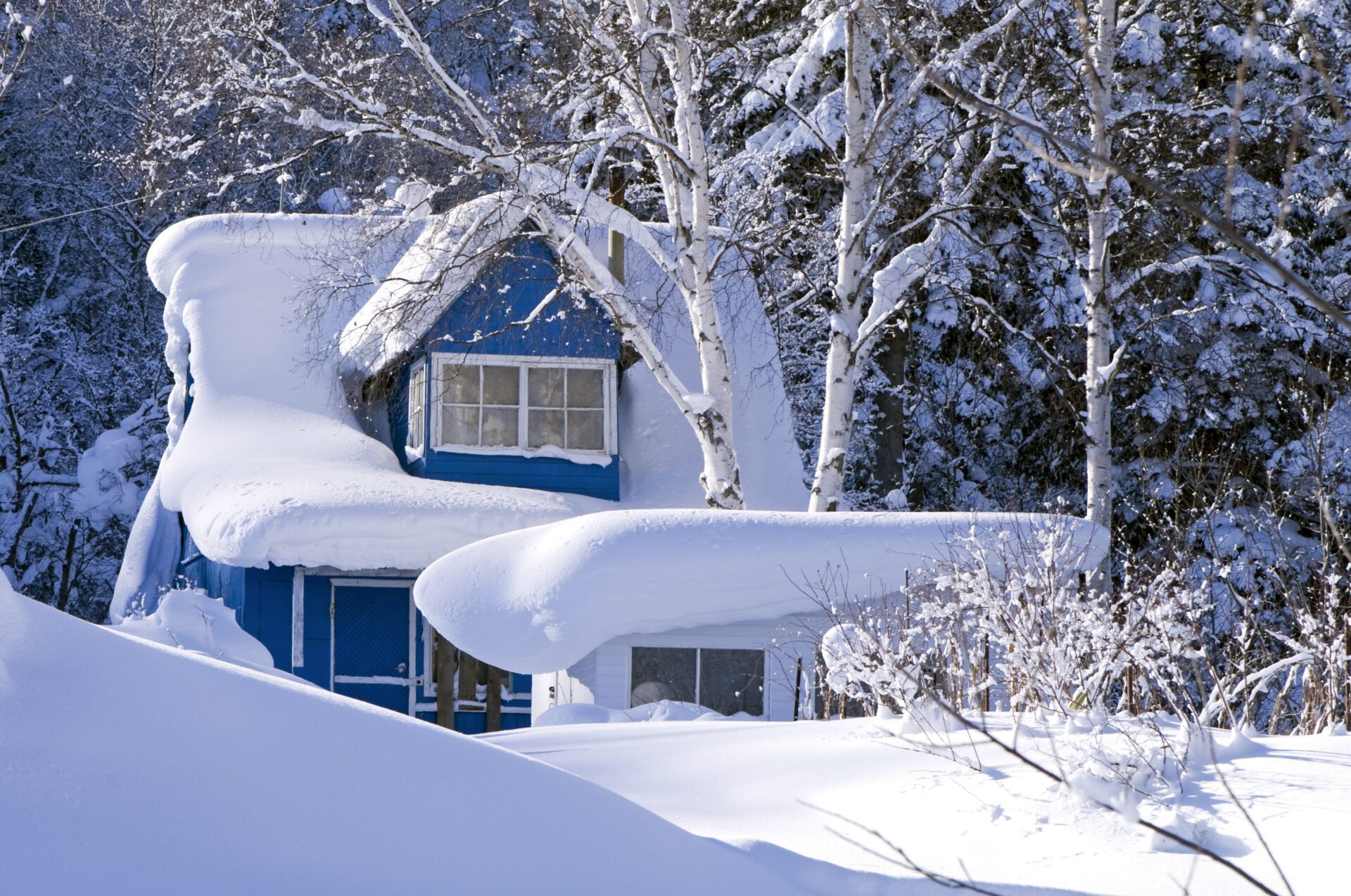Six ways to prevent your roof from collapsing during a massive snowstorm

During the winter months, it is expected for snow to pile up on the rooftops of homes, apartment buildings and businesses. However, what some people don’t know is that snowfall can become so heavy that it exceeds the carrying capacity of the roof, leading to structural damage. Over time, this damage can cause the roof to become unstable and cave in. To prevent this dangerous and expensive event from happening, follow this guide for preventing roof collapse this winter.
- Clear your gutters and downspouts.
- Hire a contractor to remove snow after the storm ends.
- Have your roof professionally inspected.
- Check your roof for damage.
- Know the signs of roof collapse.
- Bends in the roof supports
- Cracks in the exterior masonry
- Cracks in the ceiling and interior walls
- Unexplainable leaks
- Doors and windows that won’t shut or are difficult to open
- New creaking and popping
- New drafts, spongey or uneven floors and any other movement that cannot be easily explained
- Insulate your attic.